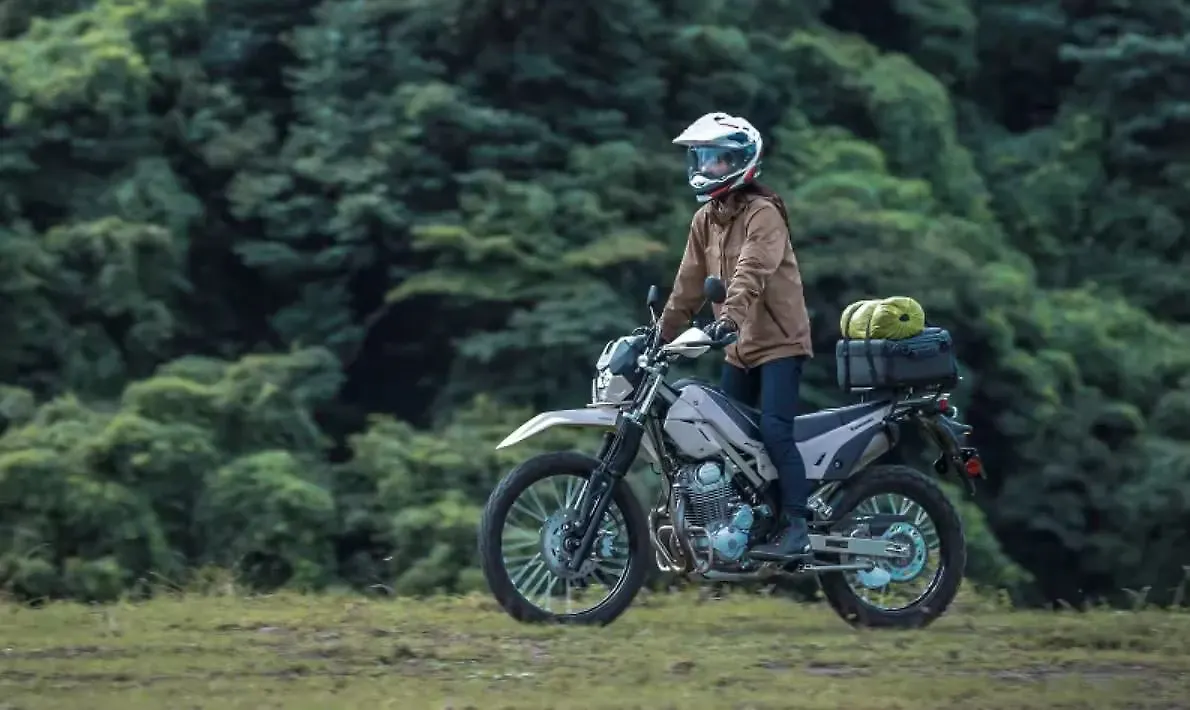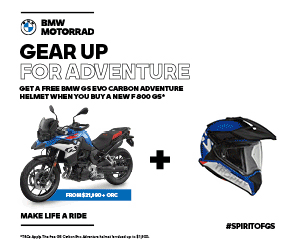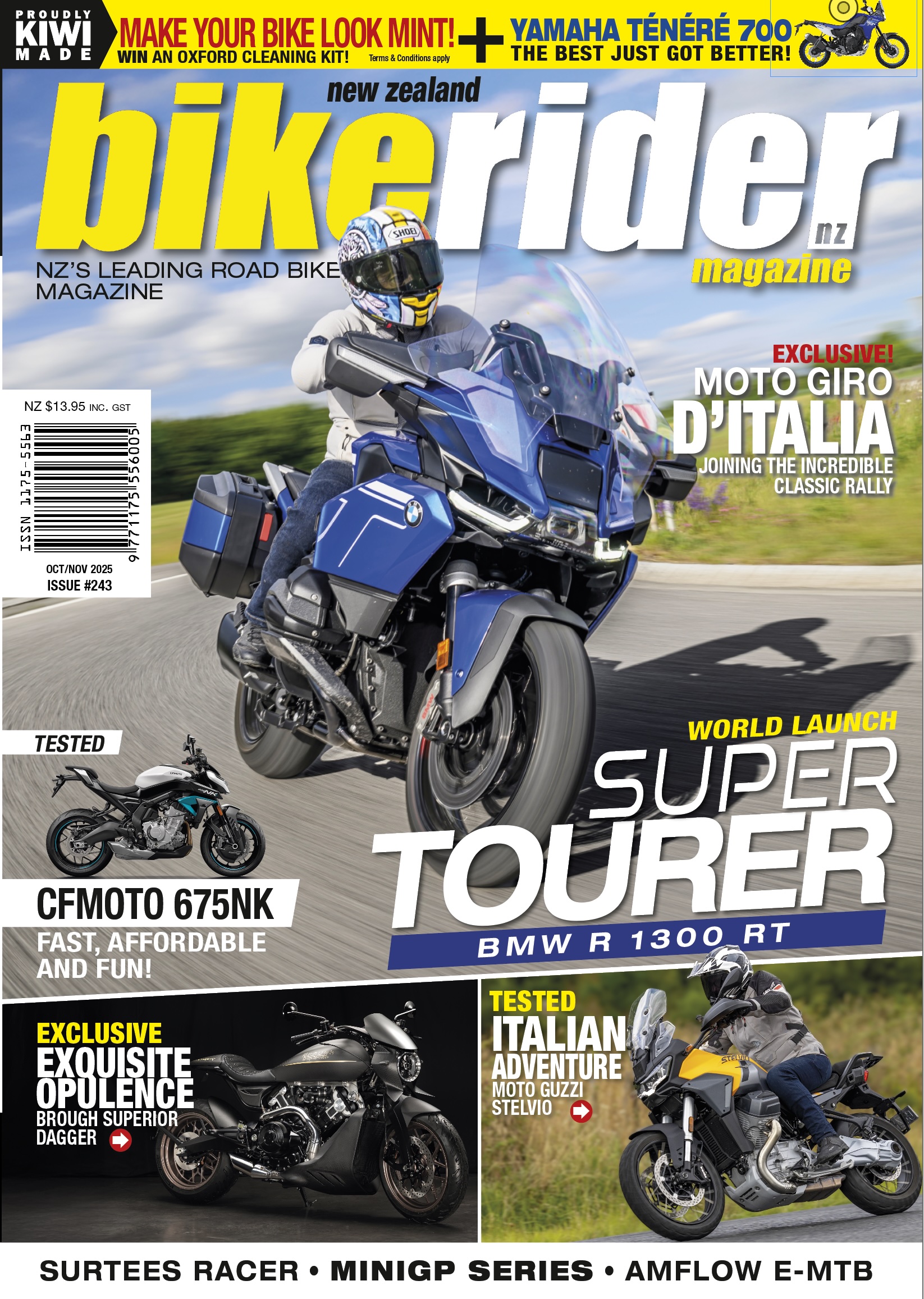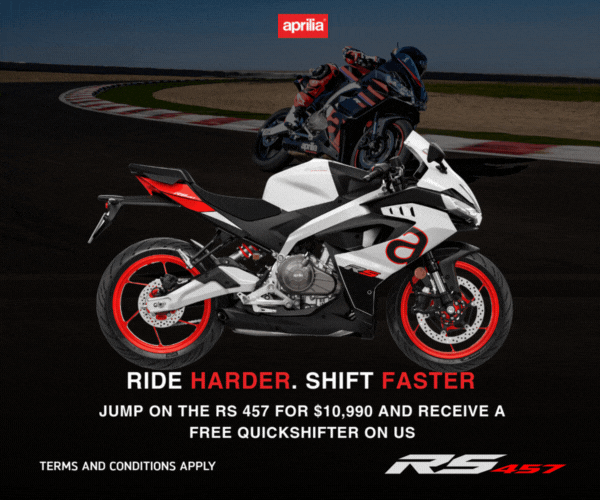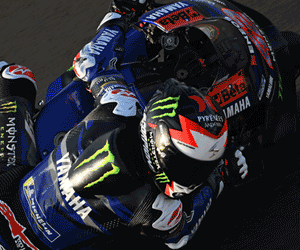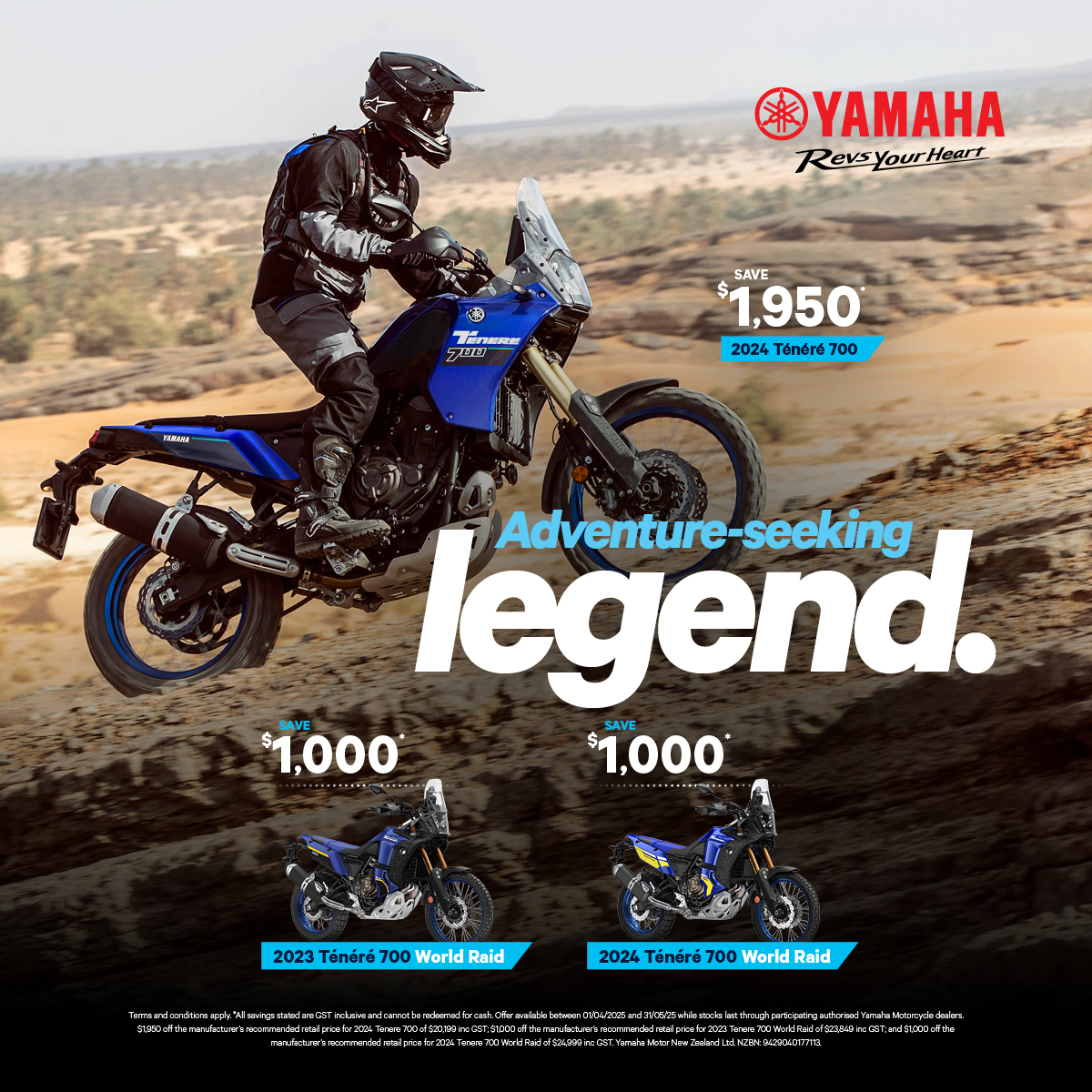- Use a 233cc, air-cooled, single
- Come with basic yet functional features
- Could be launched in NZ and AUS soon
Kawasaki has lifted the covers off the 2026 editions of its KLX 230 DF and Sherpa S models for international markets. While both bikes are rooted in the KLX 230 platform, the new global variants offer several upgrades and adjustments designed to cater to different types of off-road riders.
Both the Sherpa S and the KLX 230 DF share the same backbone — a steel perimeter frame housing a 233cc, air-cooled single-cylinder engine. Output figures remain unchanged, delivering 17.8bhp and 18.3Nm of torque, paired with a six-speed gearbox. There are no additional rider aids such as a slipper clutch or quickshifter, keeping the experience mechanical and simple.
Kawasaki Sherpa S
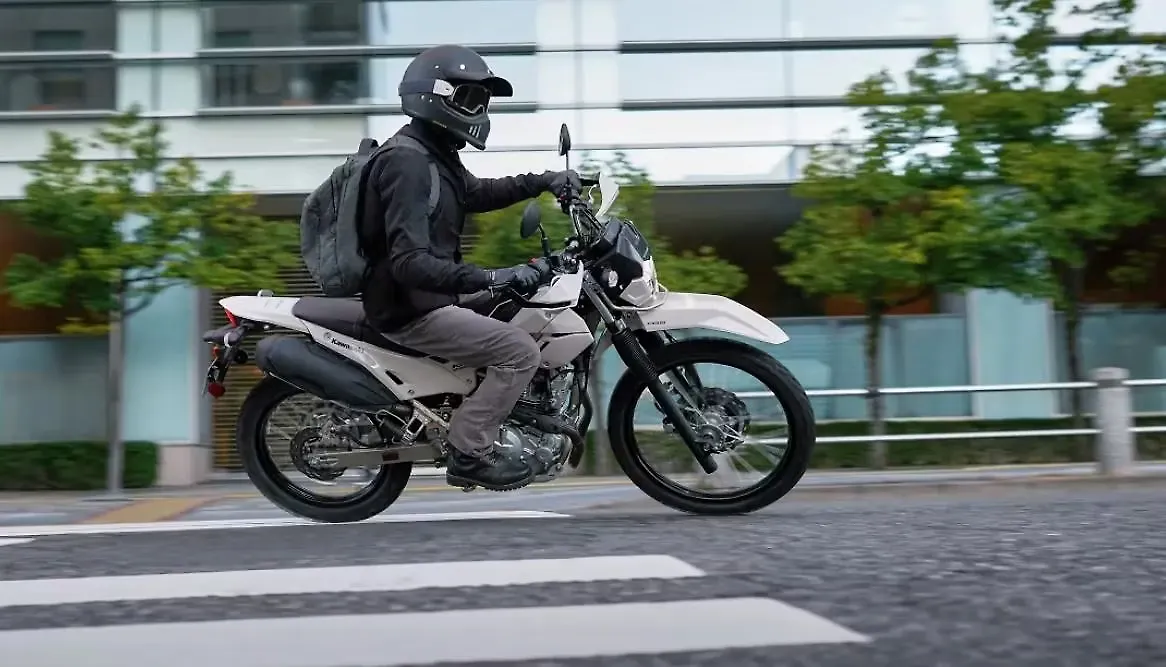
The Sherpa S is designed to be more accessible, especially for newer riders or those seeking a lightweight adventure tool with manageable ergonomics. It features a lower seat height of 825.5mm, thanks to shorter suspension travel: 157.4mm at the front and 167.6mm at the rear, courtesy of 37mm telescopic forks and a Uni-Trak monoshock setup. As a trade-off, ground clearance dips to 213.3mm, making it better suited for light trail riding and urban exploration.
Kawasaki KLX 230 DF
On the other end of the spectrum is the KLX 230 DF, which leans heavily into off-road capabilities. With longer suspension travel — 198mm at the front and a substantial 221mm at the rear — this variant offers a more aggressive stance and improved terrain handling. It also boasts greater ground clearance of 238.7mm and a taller seat height of 845.8mm, making it ideal for seasoned trail riders.
To enhance its adventure credentials, the DF model comes equipped with engine protection and a factory-fitted rear luggage rack, useful for gear transport on extended rides.
Common Features
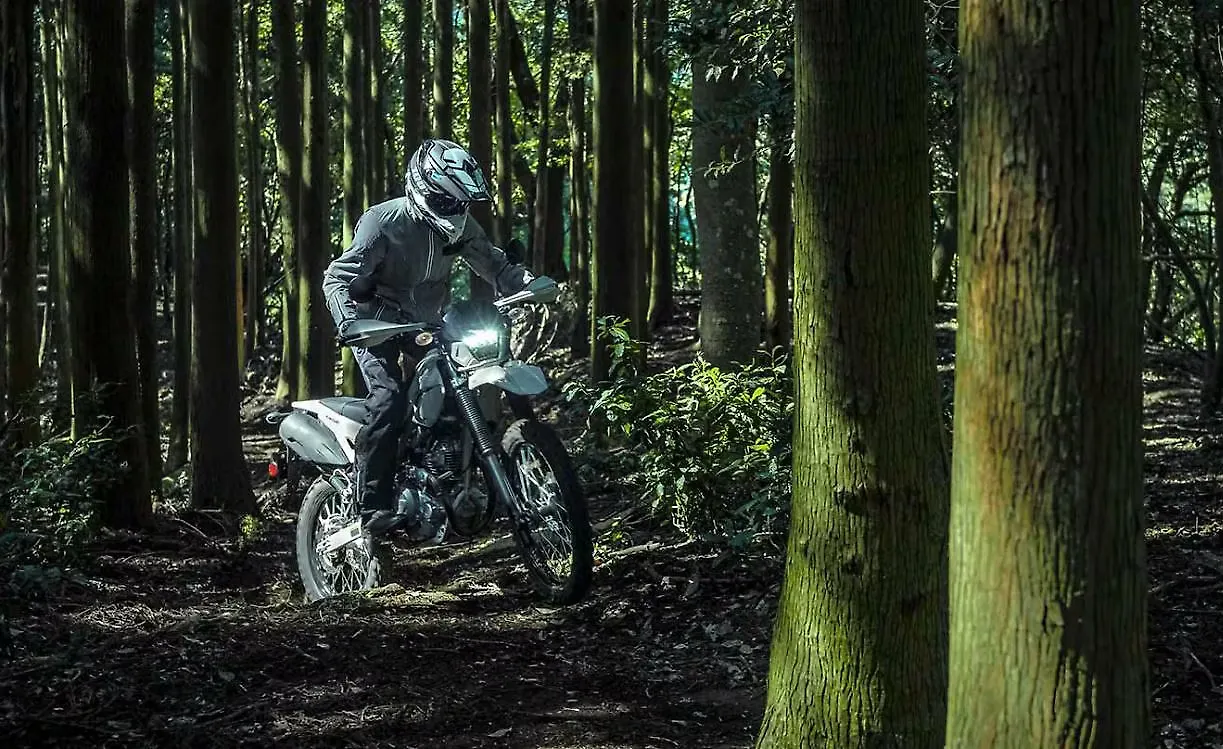
Despite their functional differences, both models share several key components. Braking duties are handled by a 265mm front disc and a 220mm rear disc, supported by dual-channel ABS, with the ability to disable ABS at the rear for better control on loose surfaces.
Both bikes also come with a minimalist LCD instrument cluster, offering Bluetooth connectivity but limited to basic ride information. This keeps distractions to a minimum while preserving utility.
Now, with the motorcycles introduced for international markets, we can expect Kawasaki to introduce them in NZ and AUS soon.

